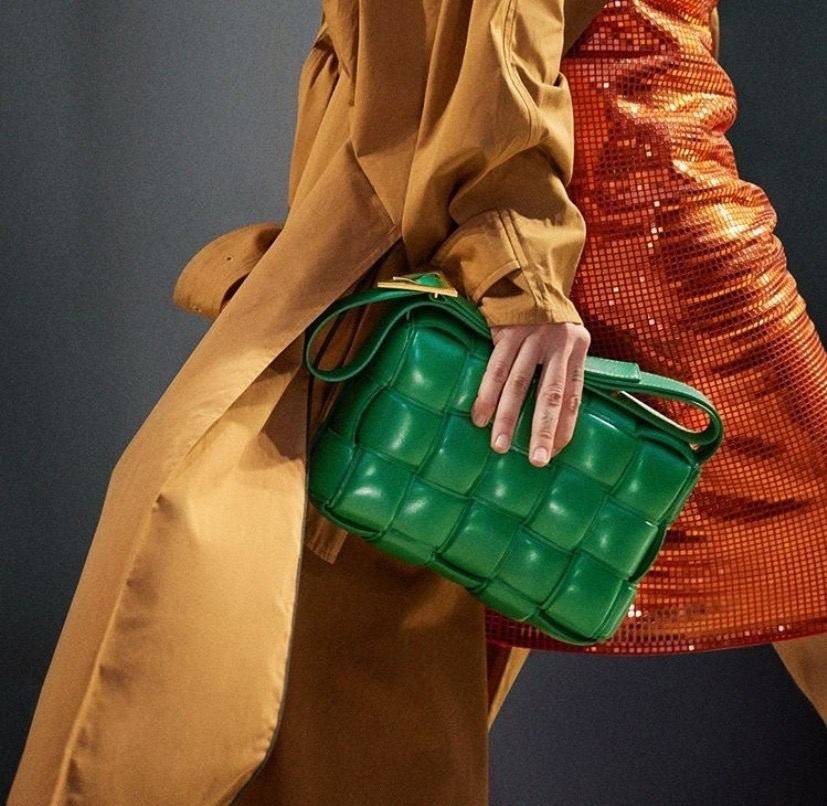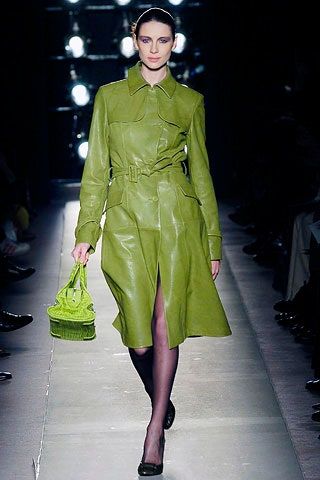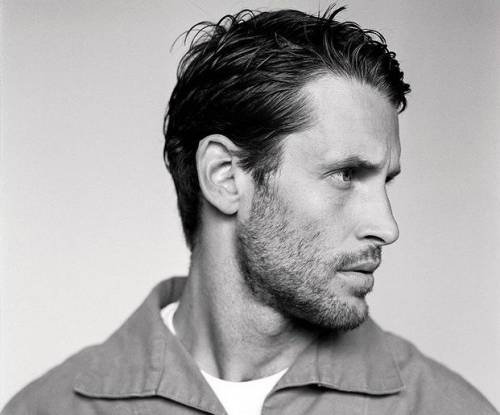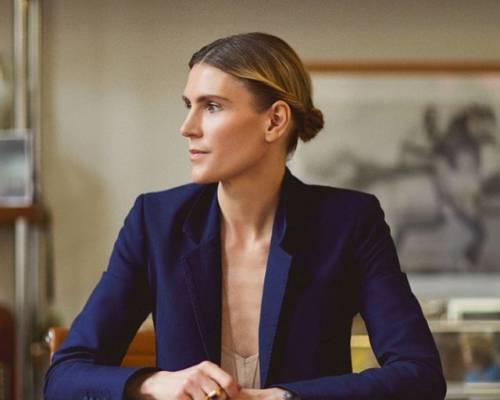Bottega Veneta: 'When your own initials are enough'

Now one of the most favorite brands of all influencers, Bottega Veneta, was founded in 1966 in the Italian town of Vicenza by Michele Taddei and Renzo Zengiaro. From the very first days of its existence, the name of the brand has set the course for luxury and elite - in Italian, Bottega Veneta means 'Venetian shop'.
Luxurious leather goods, made using a particular intrecciato weaving technique, became the first products of the brand, and over time - their business card. Each product, from the bag to the smallest accessory, was made entirely by hand by the craftsmen, thus making limitations, exceptional quality, and justifiably high cost an integral part of the brand. Bottega Veneta never needed a logo - the highest quality and unique weave ensured brand recognition. In support of this idea, the slogan "When your own initials are enough" appeared, which explained the absence of a logo and the general concept of the brand.
Despite a strong start and a fast rise, Bottega Veneta has survived the fall. In the 90s, when the founders of the brand one by one left their brainchild, the company experienced a severe recession that lasted until 2001. Then it was decided to sell the brand to the Gucci Group. In June of the same year, the holding appointed the German designer Tomas Maier, who had previously worked with such brands as Hèrmes and Guy Laroche, as Creative Director. This event marked a new era in the history of the Italian brand.

The newly minted creative director focused on the brand's heritage, recalling the unique weaving technique and placing "intrecciato" prominently on the accessories. It was in 2001, a landmark year for the brand, that the KNOT clutch appeared, which deserves special attention. He has gained untold popularity and is one of the Bottega legends desired by all women in the world. This accessory also features the famous weaving.
In the early 2000s, the designer expanded his product line and added jewelry, sunglasses, perfume, and clothing to bags, suitcases, shoes, and other leather goods. The first women's ready-to-wear collection was presented in February 2005, and the men's one in June 2006. It is noteworthy that clothes appeared as an addition to the line of bags and shoes, and not vice versa, as is usually the case. Tomas Maier contributed a lot to the development brand while preserving the value of the traditions of the old fashion house and introducing actual realities into the style of the product. In 10 years, he raised the company's profits by 800%.
 |
 |
 |
| Bottega Veneta fall 2005 ready-to-wear | ||
| Photos: vogue.com | ||
However, in 2018, after 17 years as the permanent creative director, Bottega Veneta left the fashion house. His successor was 32-year-old, Daniel Lee. A follower of the intellectual trendsetter Céline creative director Phoebe Philo, he brought the 'old Céline' into the aesthetics of the brand while retaining the iconic elements of his predecessors.

Daniel Lee has talentedly reinterpreted the classic Intrecciato weaving. He seemed to increase it in size and released leather coats that looked like giant bars of chocolate, chubby quilted mules, and mesh shoes with a square toe with a gold chain, reminiscent of ankle bracelets worn in the 2000s. And, of course, he created one of the most desirable things of remade Bottega Veneta's, which is The Pouch bag.



No doubt, Daniel Lee continues the history of one of the most refined and aristocratic Italian brands with dignity. However, it is too early to judge whether he will manage to keep this high bar, as his predecessors did.
Read also:
Dries Van Noten: freedom as a principle, independence as an element of success
Maison Margiela: a conundrum from an invisible designer and the mystery of circled numbers


